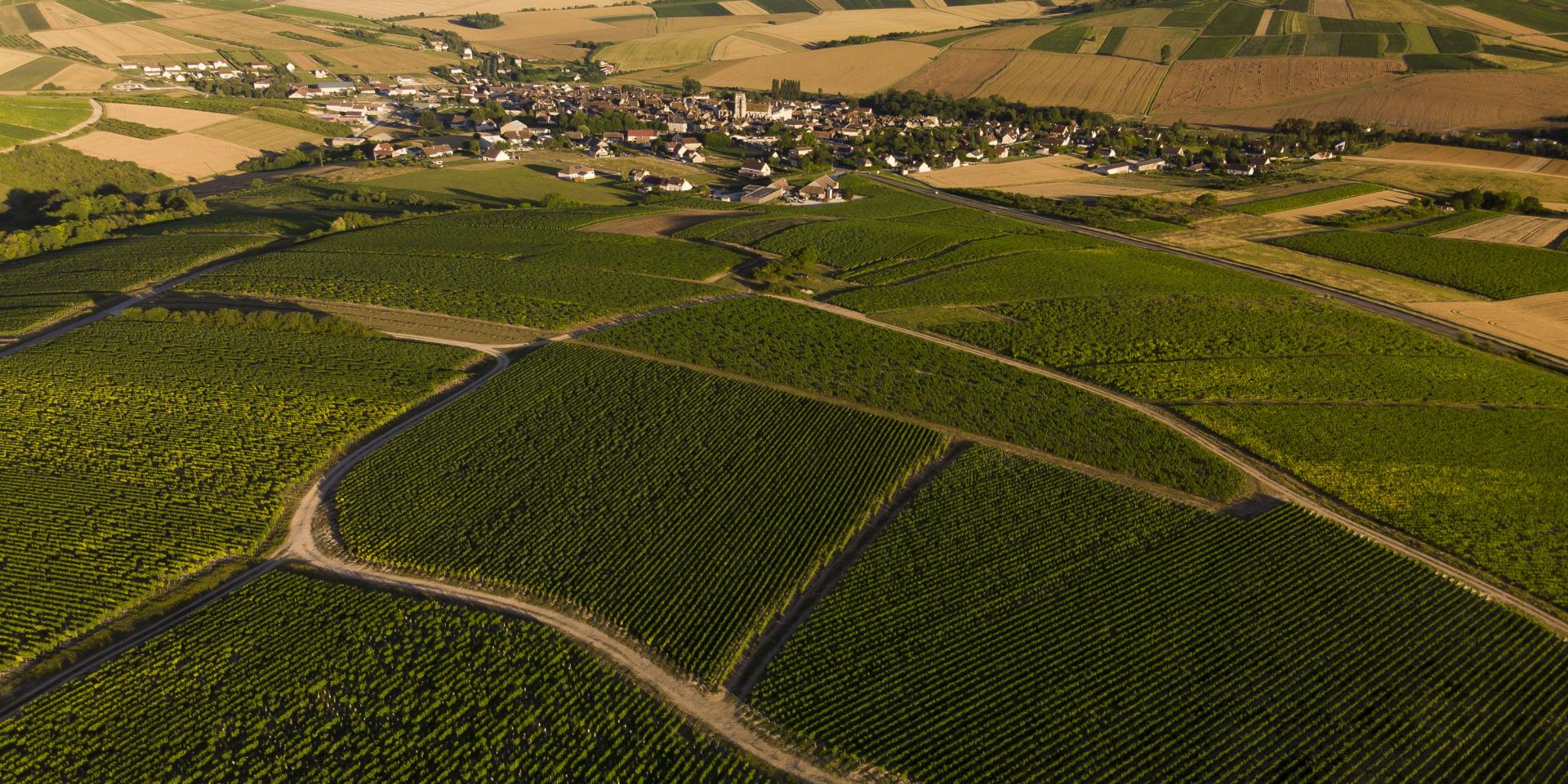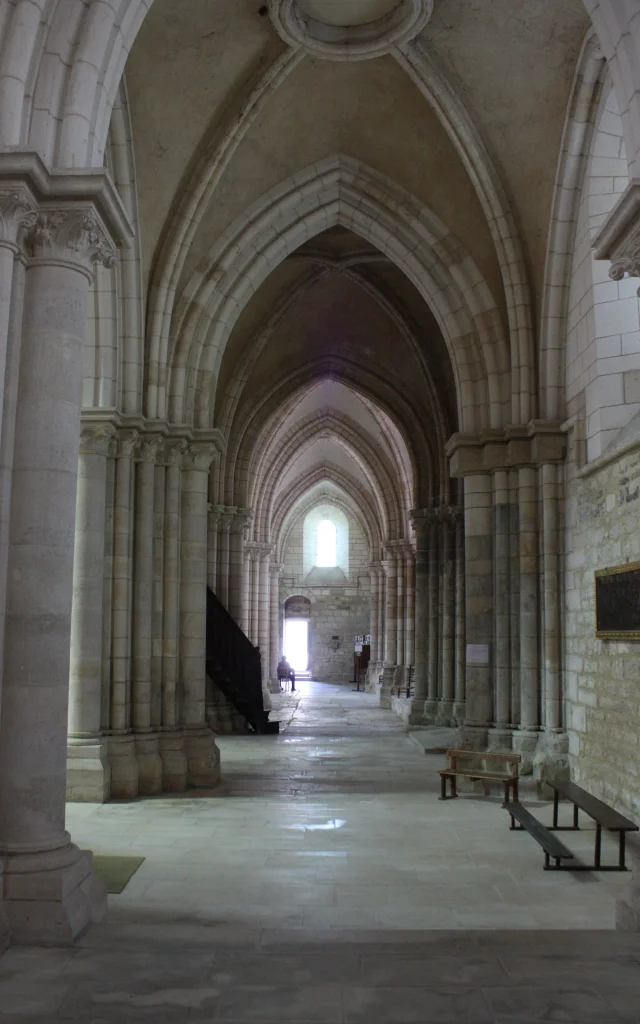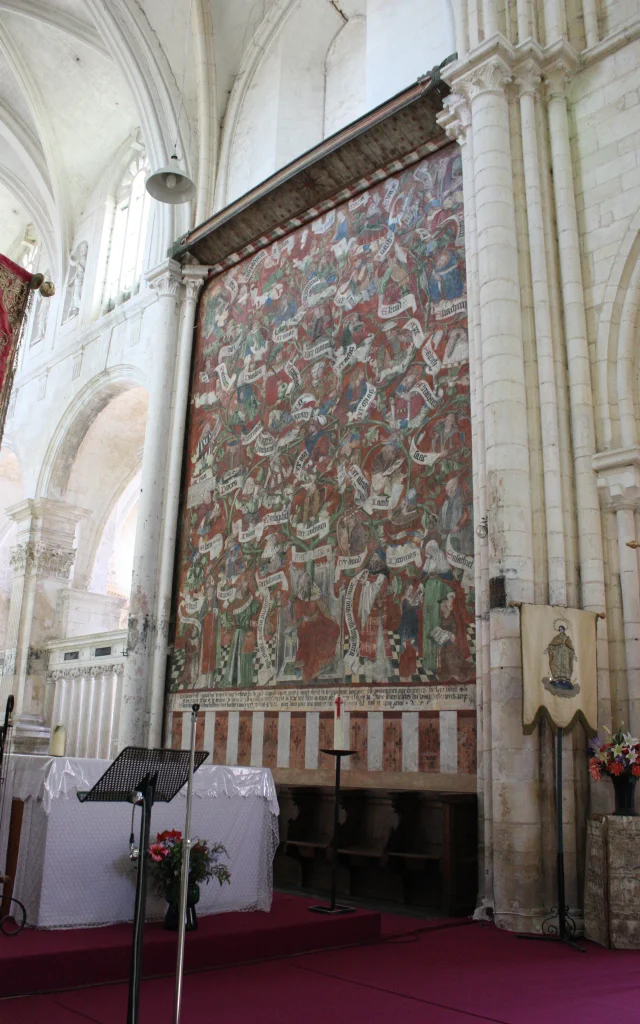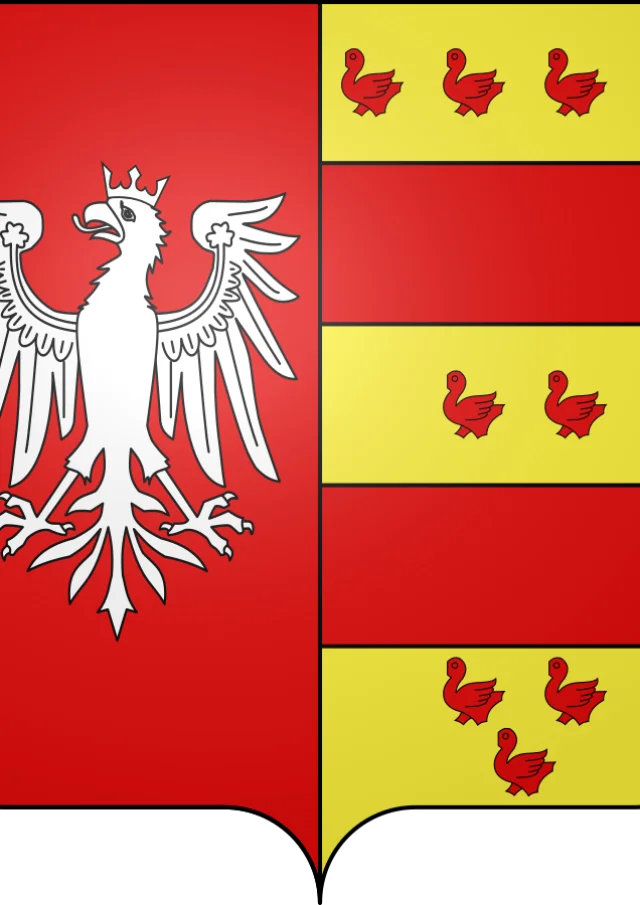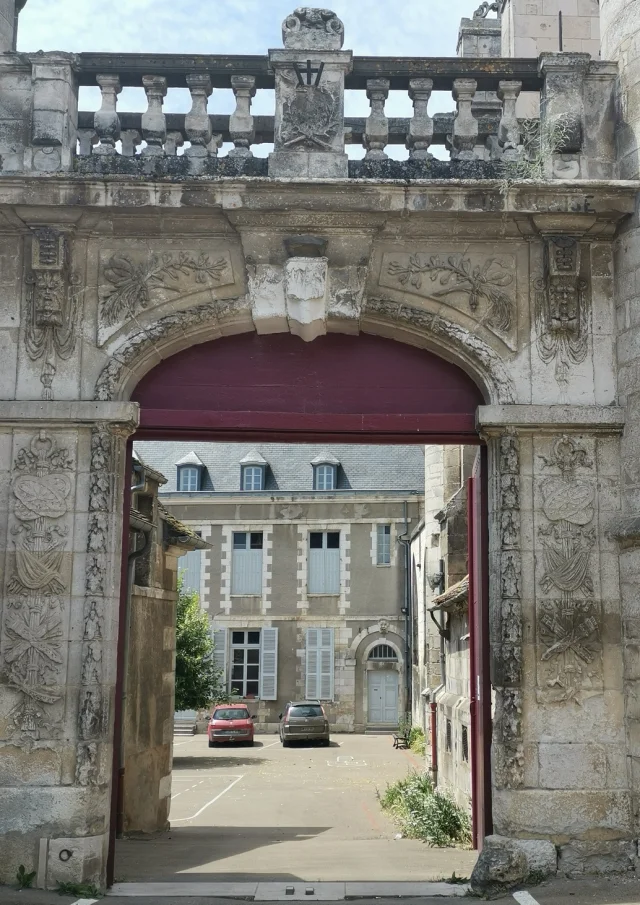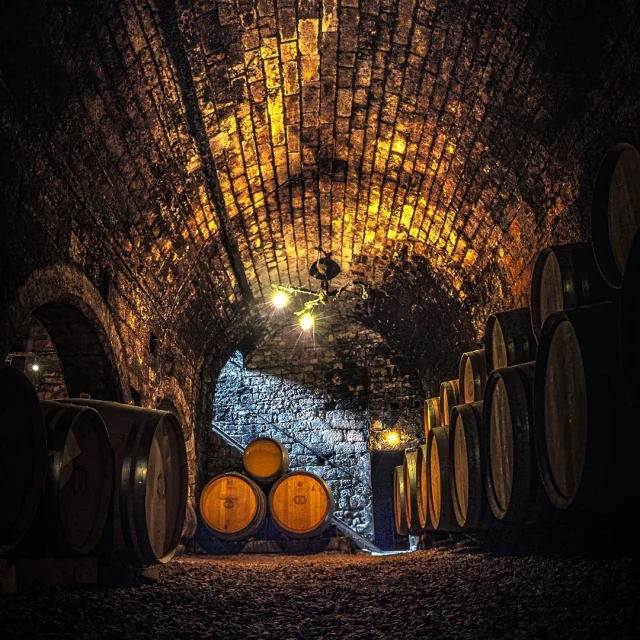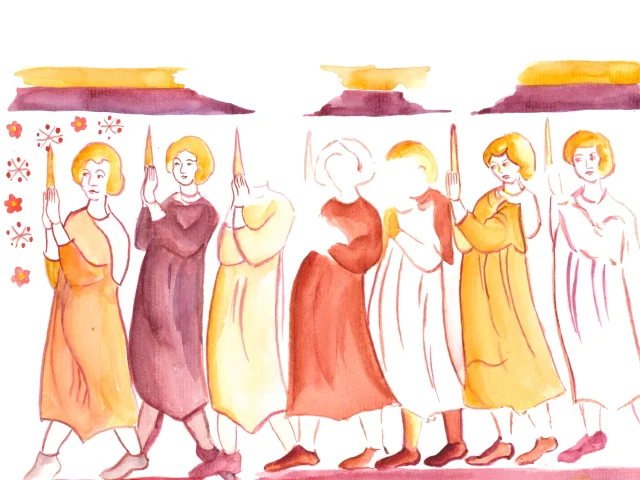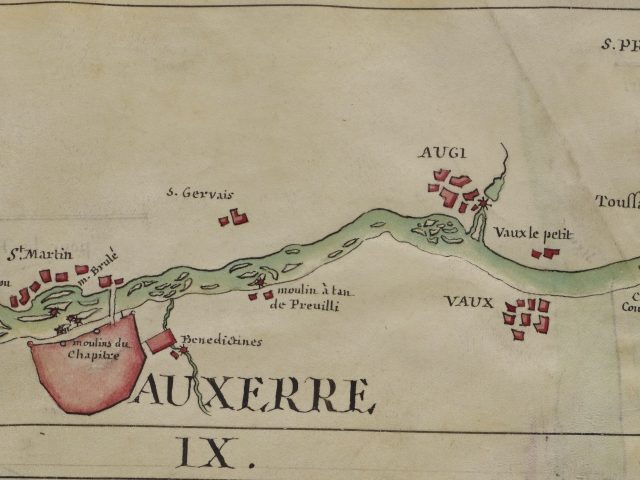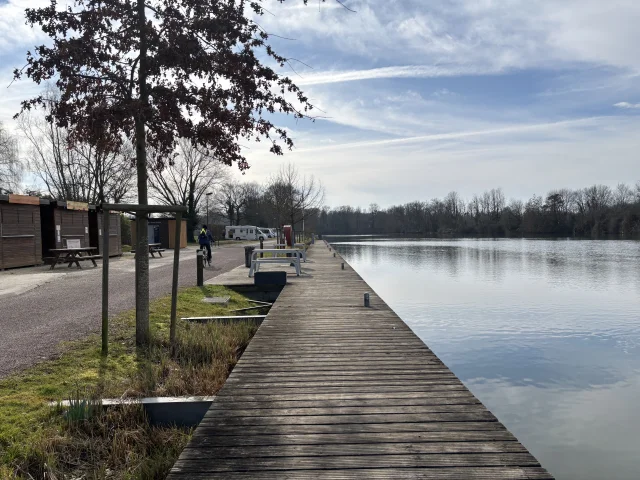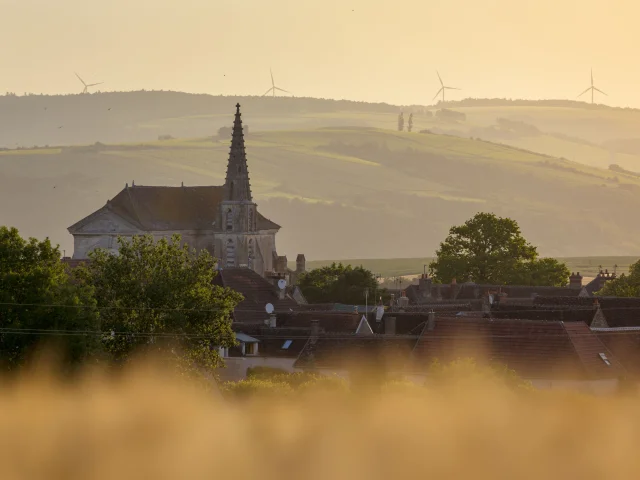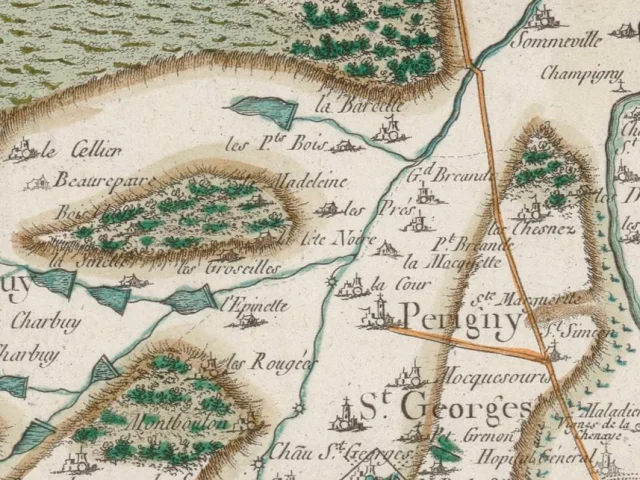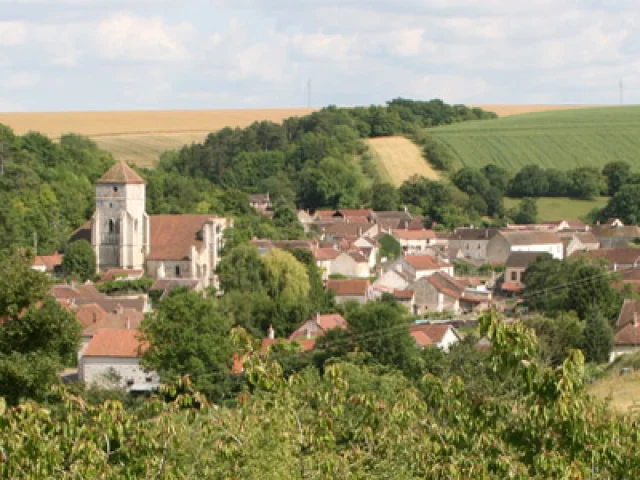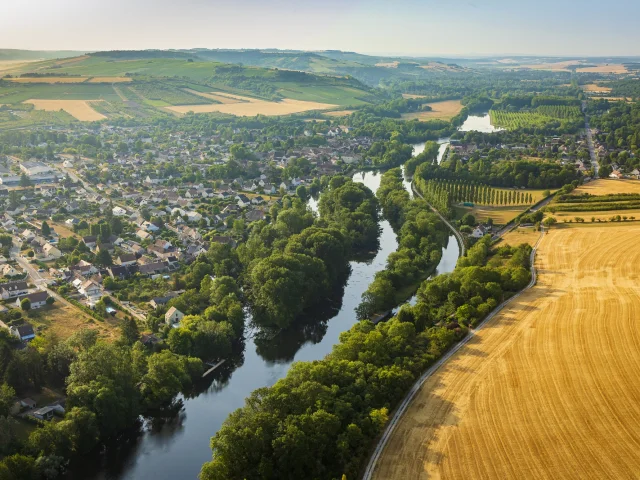The commune of Saint-Bris-le-Vineux takes its name from Priscus, a soldier martyred in the 3rd century for his Christian faith. Along with his companion Cottus, he fled Roman persecutions in the forests of Puisaye before being found and killed on the site of the present-day village. In the 5th century, Saint Germain, bishop of Auxerre, had a church built to house their relics, giving rise to the village. Over time, the name evolved from Santus Priscus to Saint-Bris-le-Vineux, the latter addition appearing in the 19th century to highlight the area’s viticultural heritage.
Since Antiquity, the Romans cultivated vines on this sunny, limestone-rich land, ideally suited for viticulture. During the Middle Ages, monks from the Pontigny Abbey developed the vineyard, which flourished until the phylloxera crisis in the 19th century. The village was once fortified, and two medieval gates still stand today, along with a network of troglodyte cellars, some of which once belonged to the Knights Templar. These cellars provide a unique setting to discover and taste the distinctive wines of Saint-Bris, now produced by about twenty passionate winemakers.
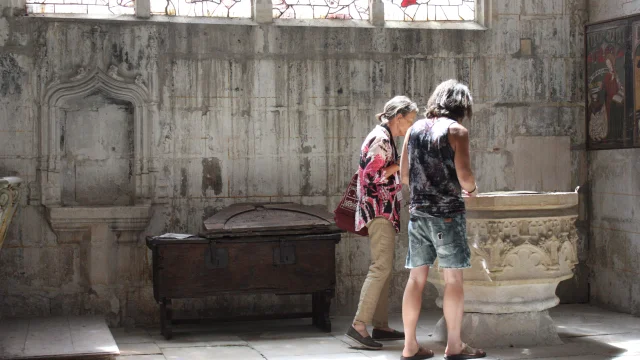
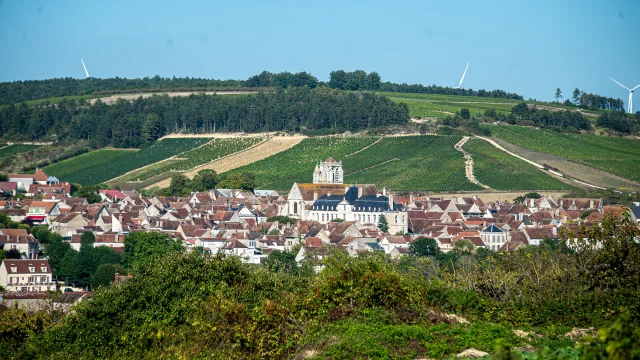 2021 09 24 16h39 Dsc 1758
2021 09 24 16h39 Dsc 1758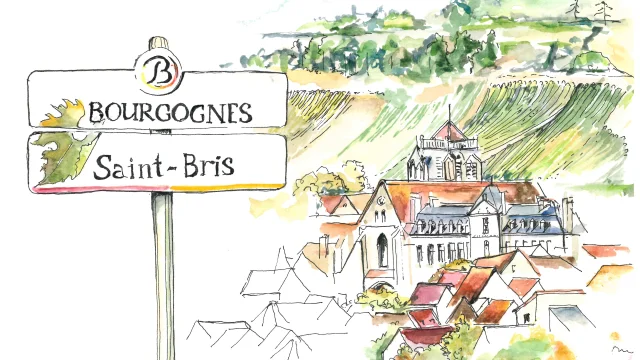 Saint Bris Paysage
Saint Bris Paysage